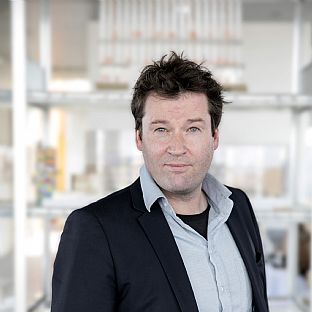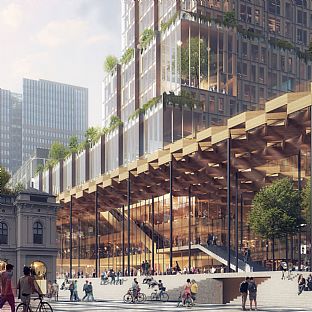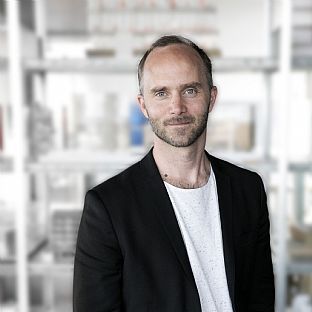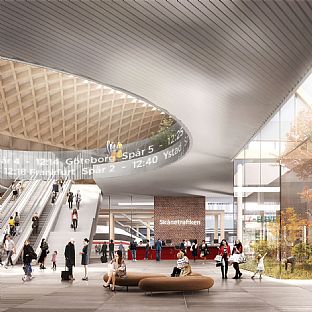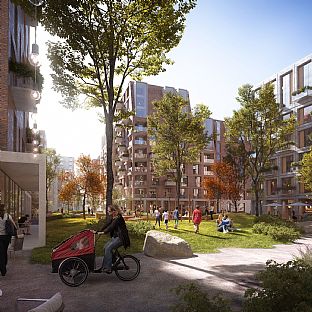Social values - green and urban meeting places
Stockholms Hamnar's passenger terminal in Värtahamnen is another example of an infrastructure project where C.F. Møller Architects has chosen to focus on the terminal as a meeting place, as much as they have focused on the site as a departure hall, ferry terminal, bus terminal and combo terminal.
When the port plan in Värtahamnen was to be expanded to accommodate the amount of goods transported from the port, C.F. Møller Architects took the task on with a focus on the long-term development of the port - as well as nearby areas.
- We related the assignment to the future urban development in the area. To affirm the port's needs, but at the same time also the city's needs in the form of growth for housing and trade, we created a new meeting place on the roof of Värtahamnen. The roof will be a direct link to the new district, and will function as a park with plants, paths and benches, says Mårten Leringe.
At Lund Central Station, Sweden, C.F. Møller Architects focuses on the station's potential to become a modern meeting place, in addition to being a well-functioning infrastructural node for Lund and for the wider region. The new station was built with inspiration from Lund's building tradition and with a focus on creating a new space for everyday activities for its users, by including the roof as an active part of the building.
An important social aspect is, that the place is easy to navigate. It contributes to a sense of security, and becomes especially important in station areas, where many flows of people meet. By including access to calmer places that feels safe, we hope to further contribute with a sense of security, says Mårten Leringe.
